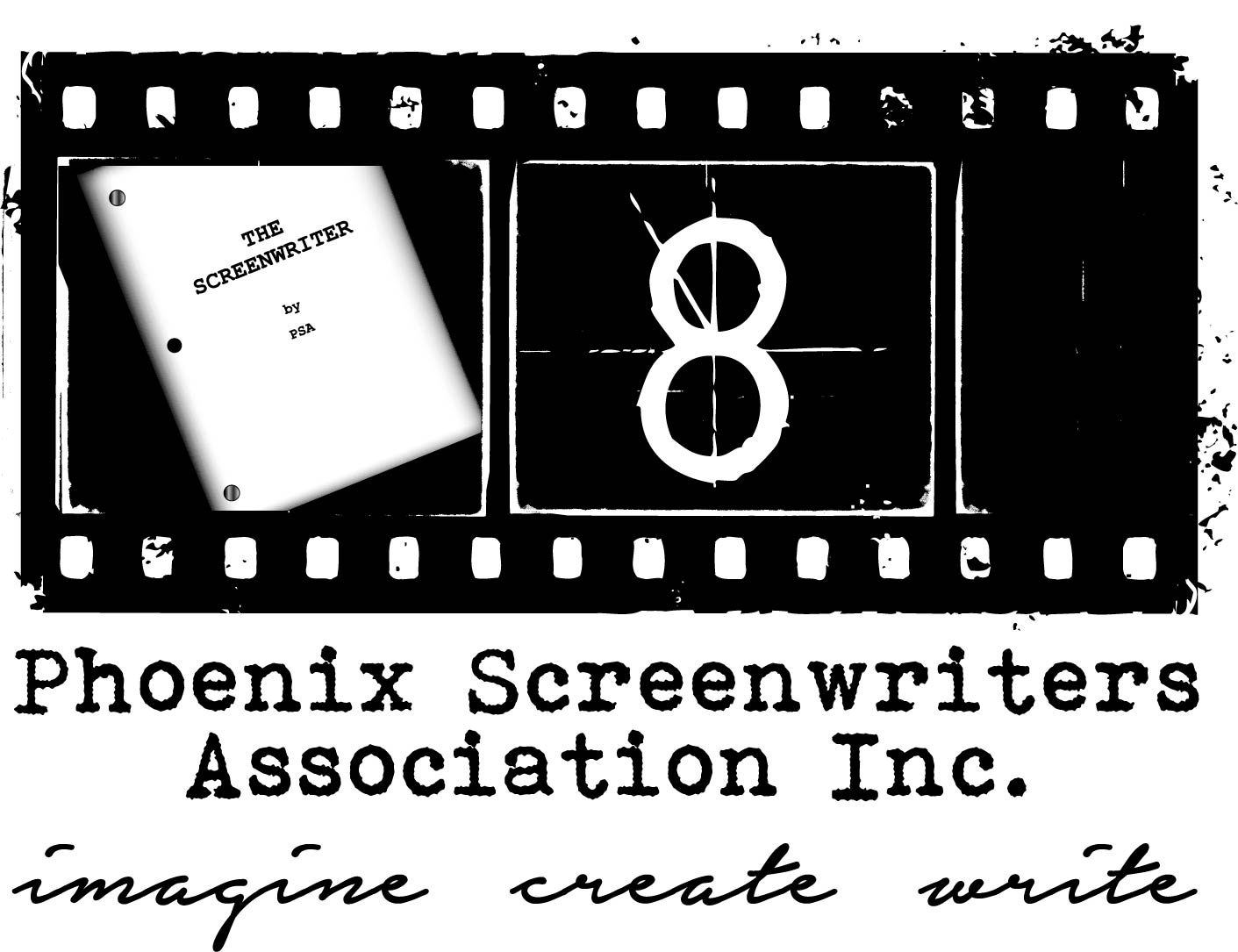I’m all for studying well-written scripts to help you write better screenplays. But I’m also a proponent of studying well-produced films to help you write better movies. In “Screenplay: The Foundations of Screenwriting”, Syd Field reminds us that we are writing stories told with pictures. So examining the written text is insufficient to make us better screenwriters. Besides, as study materials are concerned, movies are so much more accessible than their corresponding screenplays.
In this exercise, we practice mapping the Field’s paradigm to our favorite films. The paradigm is just the basic structure, from which all sorts of variations can be achieved. But a table is still a table, even if there are only three legs, not four. In comparing this basic structure, we recall that each minute of movie time approximates a page of script. We can use the paradigm for both the written word and the film.
Rather than risk copyright infringement, we’ll transpose Field’s original paradigm diagram to a chart:

In this exercise, we assume that a script runs about 120 pages. That’s a bit high by today’s standards, but we’ll deal with it. The movie we’ll be analyzing just happens to run 129 minutes including credits. A properly formatted script should run about one page per screen minute. For these reasons, we’ll include percentages, in addition to page numbers. This will allow you to apply what you read here to any feature-length script or movie.
The paradigm delineates the script into three acts. For study purposes, we often “force” a 5-act screenplay into three acts, just to keep it simple. According to the chart, Act I ends at page 30 (or at the 25% point), Act II ends on page 90 (the 75% point), etc. The two major plot points are about 5 pages short of the end of Acts I and II. To further identify the three sections (acts), Field designates Act I as “the setup“, Act II as “the confrontation“, and Act III as “the resolution“.
In “Screenplay”, Syd Field relies extensively on movies like Chinatown to show us specific examples. Not the screenplay, mind you, but the produced feature films themselves. This is consistent with the emphasis on conceptualizing your story as a series of moving pictures, not written words. One of my favorite exercises is watching Frank Capra’s “It’s A Wonderful Life” and matching up the action to Field’s diagram. I’ve practically memorized the movie — action and dialog! How closely does “It’s A Wonderful Life” follow Syd Field’s diagram? Let’s find out. Spoiler alert!
The Setup: What happens in the first 30 minutes of the movie? We find out that George Bailey is in trouble, but we don’t know why. It’s bad enough that the great spirit in the sky is worried and has summoned an angel (“2nd class”) to assist. In this celestial debriefing, Joseph takes Clarence through the salient points of George’s childhood. We see the key events in the boy’s life that shaped not only his own future, but the futures of those around him. Pretty heady stuff, right? Then we see George grown up and ready to conquer the world. The last thing left for him to do in this sleepy little town is attend his brother’s high school graduation. In the aftermath of the party, he courts Mary, the girl who is destined to be the love of his life.
This brings us to page 37 of a poorly formatted 148-page version of the script. Still…exactly 25%. What happens? In the midst of George and Mary’s idyllic reverie, brother Harry and Uncle Billy whisk George away on a family emergency, leaving Mary standing on the street in a bathrobe. In the next scene, we learn that George’s father has died and the only person who can save the family business is George.
Actually, this isn’t really the end of Act I. It’s the major plot point that comes five pages before the end of the act. Between page 37 and 42, George, of course, refuses to take on the familial responsibility, only to be backed into a corner by the realization that, not only will the Bailey Brothers Building & Loan fold, but Old Man Potter will proceed to take over the entire town. George caves to the pressure and agrees to run the business. His dreams of exploring the world are immediately crushed.
End of Act I.
How are we doing so far? We haven’t even touched on the all-important first 15 pages. This is the test of the awesomeness of your script. You must hook the reader by this point, even though you’re only halfway through Act I. The inciting incident appears during this section. How is it handled in “It’s A Wonderful Life”? The inciting incident is triggered by a telegram to Mr. Gower. His son has died in combat! George is sure that Gower, in his grief, has accidentally poisoned a medicine that George must now deliver. Does he embarrass Gower and risk the old man’s wrath by telling him? Or does he deliver the medicine and hope that he’s wrong about the poison?
Failing to gain audience with his dear old dad, George returns to the chemist without making the delivery. All this happens right before page 15, where Gower slaps the bejeebers out of young George, only to realize that the disobedient boy had saved a child from being poisoned. In one of the most poignant scenes of the movie, Gower embraces George while apologizing to him. George, in turn, promises Gower that he will never reveal the mistake that would have ruined the old man. We’ve gone from an idyllic childhood reverie to gut-wrenching emotion in just a few pages. The stage is set.
It would not do justice to this movie masterpiece, or to the wisdom of Syd Field, to attempt to condense the structure of the entire script into a single article. Fortunately, taking this in piecemeal does not deter you from learning from the lesson. In fact, why not go through several movies and/or scripts, performing this exercise for just the first 25%? That way, you can focus on the key aspects of that most important part of your script, the setup. Without a solid setup, don’t count on the reader moving forward to the rest of your script with any level of enthusiasm, or at all.
To be continued…
About Joe Gruberman:
Joe Gruberman is an Arizona-based writer, educator, and award-winning multimedia producer. His latest two films, ELEVEN ELEVEN and RAISING BUCHANAN, are available on most streaming platforms.

